Everywhere groundwater went bad after coalbed methane development, industry would change its name.
CBM = Coalbed Methane
NGC = Natural Gas from Coal
CSG = Coalseam Gas
Methane’s not risk-free, critics say by Scott Simpson, March 11, 2003, The Vancouver Sun

Refer also to:
Australian Petroleum Association: Coal seam damage to water inevitable by The Sydney Morning Herald, August 3, 2011.
The coal seam gas industry has conceded that extraction will inevitably contaminate aquifers. “Drilling will, to varying degrees, impact on adjoining aquifers,” said the spokesman, Ross Dunn. “The intent of saying that is to make it clear that we have never shied away from the fact that there will be impacts on aquifers,” Mr Dunn said.
2011: Rachelle Van Zanten – My Country
Inspired by images of Tahltan women blockading coalbed methane mining by Shell and Fortune Minerals in defense of the Sacred Headwaters in northern British Columbia, Rachelle wrote ‘My Country’. She was invited to perform it for the Tahltan people at the Iskut Music Festival a year later, where we filmed this video.
Canadian Association of Petroleum Producers: Coal bed methane operations contaminate water resources by The Calgary Herald, August 28, 2014
Yet CAPP’s Alex Ferguson says many worries about water quality are based on past operations involving coal-bed methane — shallow deposits in closer proximity to groundwater. These did occasionally contaminate water resources, he says. In some of the more infamous instances, affected landowners could light their well water on fire.
Alex Ferguson was appointed Commissioner and CEO of the BC Oil and Gas Commission from 2007-2011
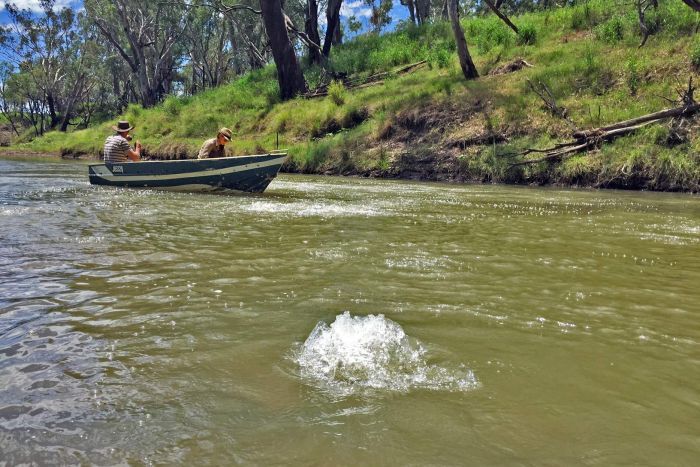
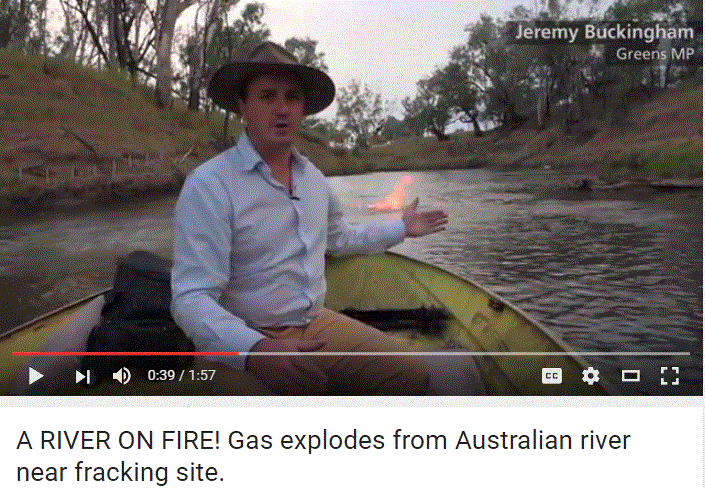
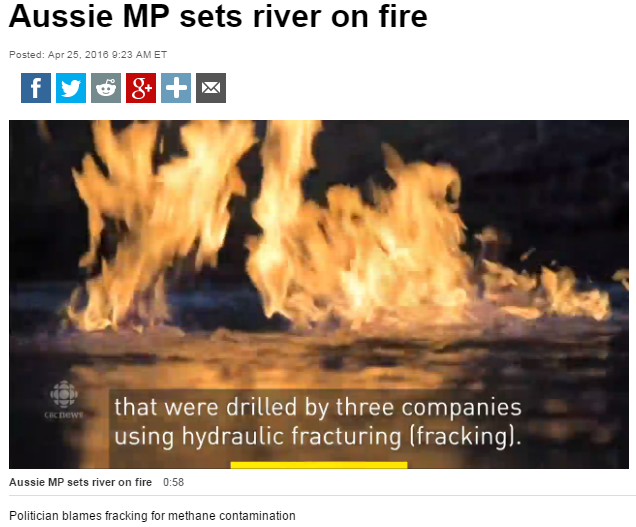
GAS LEAK! ABC Four Corners on Coal Seam Gas (Coalbed Methane) in Australia
Radon gas leaks in coalbed methane fields in Australia spark call for probe
WATCH Risky Business – Al Jazeera’s report on Coalseam Gas [Coalbed Methane] in Australia
Leakage testing of coalbed methane (coal seam gas) wells in Queensland Australia
Australia: Local doctor talks of ‘catastrophic’ CSG (CBM) health impact
Moratorium on coal seam gas (CBM) extraction in Sydney’s drinking water zone
Queensland farmers warn Victorians about fracking CBM or coal seam gas
Dart Energy slashes costs amid CSG [CBM] changes
Fracking Coalbed Methane in Scotland: Dart ‘desperate’ to revive Airth plan
Plan to mine CBM gas under homes in Sydney Australia
Australia: Inquiry calls for freeze on CSG [CBM] production
Encana sells Horseshoe Canyon CBM stake to Toyota Tsusho for $602 million
CSG [CBM] and the unresearched risk to Australia’s water
Government – way too late – taking steps to address water concerns, water issues dogs CBM producers
Wet’suwet’en Chiefs Oppose Coalbed Methane
Coalbed methane drilling a tough sell
Government hosting public information sessions on groundwater protection and coalbed methane
Water better be OK, Ralph Vows to Intervene on Coalbed Methane Complaints It was not then, and still is not now:
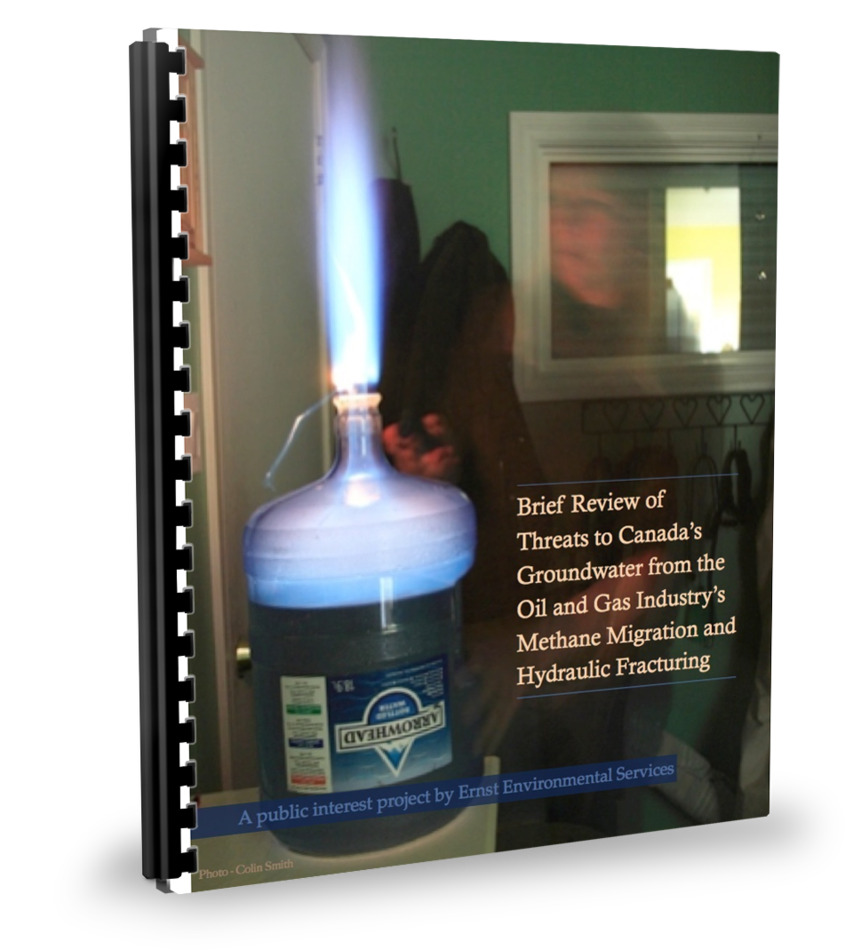
Alberta Government 2006 Legislature promise of permanent, safe alternate water to citizens with methane contaminated water in hydraulically fractured (aka stimulated) coalbed methane areas Govt broke their promise a mere two years later.
CPAWS won’t wait for government to develop coalbed methane regulations
Operating Canadas Biggest CBM Field
2006 CAPP’s Best Management [Voluntary] Practices for NGC/CBM After Ernst went public with this daming report by CAPP, the lobby group removed it from public access
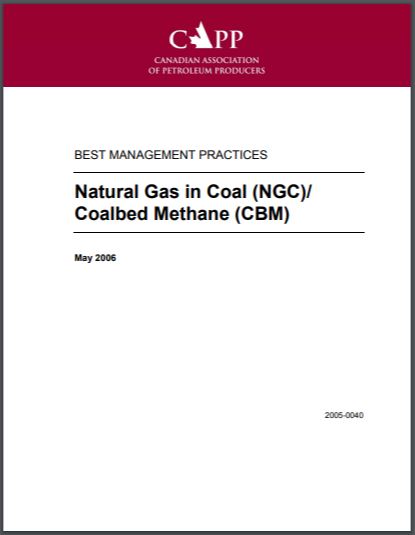
“Drilling fluids are transported, stored and handled in tanks. Typically, drilling fluid waste will be transported off-site for re-use and treatment/disposal…. Some additives may be caustic, toxic, or acidic.”
[Photos below of Encana’s waste disposed (dumped) on foodland at Rosebud]
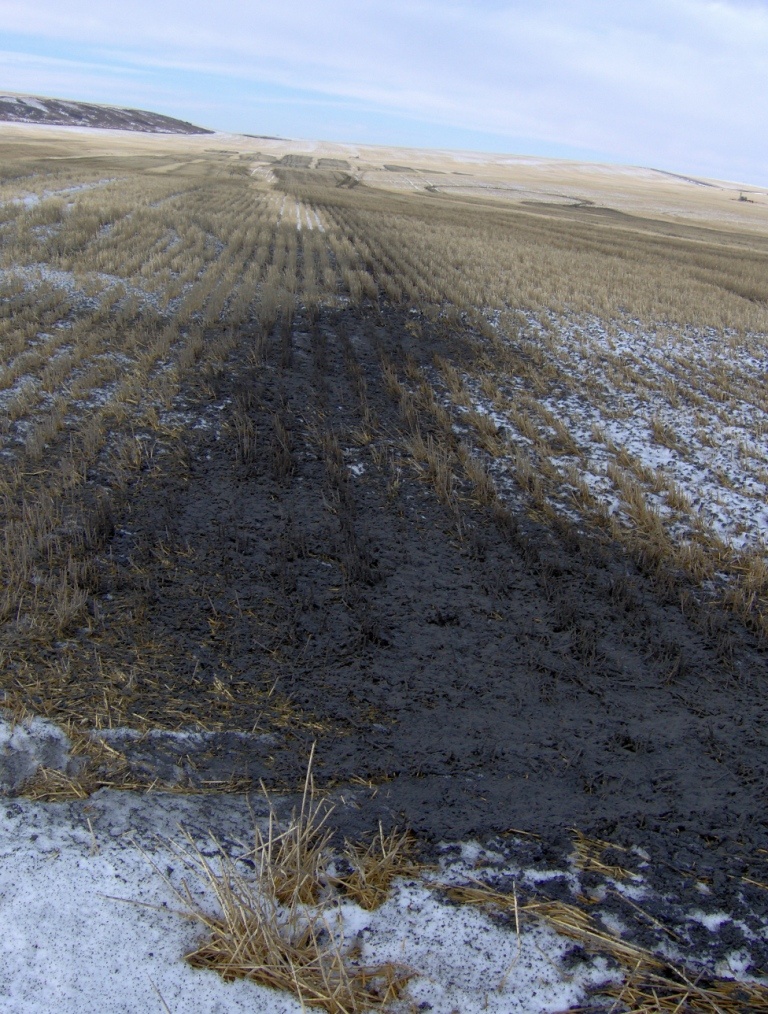

Coalbed methane drilling could be cause of quake
Scientists granted research window for Flathead BC Coalbed Methane mining
Governing with Integrity and Transparency, Coalbed methane recommendations
2005: Tahltan Iskut elder Mabel Dennis being arrested on 15 September 2005 by an RCMP officer. Nine Tahltan and Iskut elders were arrested for blockading the road to Klabona, the Sacred Headwaters, in protest over coalbed methane mining by Fortune Minerals and Shell Canada. Photo: Tahltan Bulletin

2003 09: Natural gas from coal in Alberta Position Paper, CAPP doesn’t like the name coalbed methane or hydraulic fracturing referred to as an experiment Another report CAPP removed from public access

In order to more accurately reflect the fact that coalbed methane is simply a form of natural gas and will be developed in a similar manner, CAPP recommends that “coalbed methane” be referred to as “natural gas from coal.”
RECOMMENDATIONS:
1. The EUB, DOE, CAPP and Industry should adopt the phrase “natural gas from coal” instead of “coalbed methane;” the Act and the regulations should be amended by replacing the phrase “coalbed methane” with the phrase “natural gas from coal” and a definition of that term should be added to the Act.
2. The Act should be amended to declare that NGC is natural gas and should explicitly state that it is retroactive.
…
EUB should be more critical in its assessment of whether a party will be directly or adversely affected in deciding whether the party should be given standing regarding a particular application
…
EUB should allow the technical details within applications for holdings to be kept confidential for a period of two years.
…
CAPP recognizes that the handling and disposal of produced water, whether by treatment and release to the watershed or subsurface disposal, must be carefully planned. … If usable water is encountered, restrictions on its production and use are imposed by current Alberta Environment regulations for conservation purposes. For example, usable water production from an aquifer is limited to one producing formation (or coal seam) at a time and is subject to pressure drawdown restrictions. These limitations make it impractical to attempt to depressure a target coal group to achieve commercial volumes of NGC production. CAPP recommends that under circumstances where usable water was intended to be produced for the purpose of depressuring coals to produce NGC, that a multi-ministry, “one–window” approach be developed for licensing and regulation through the EUB.
…
There are an increasing number of stakeholders that have been raising questions and concerns about the development of NGC. … There also seems to be a misconception held by some people that the designation of a project as “experimental” means that it poses a higher risk to the public. CAPP, along with other key government and community stakeholders (e.g. EUB, DOE, and the Alberta Departments of Sustainable Resource Development and Agriculture, Food and Rural Development) should develop a consolidated public education and consultation campaign to clarify the issues surrounding development of NGC. Such a campaign would have to engage community members and municipal governments that may be impacted by NGC development, as well as the media. The challenge will be to create an awareness of the fact that NGC simply involves the exploration and production of natural gas in a different reservoir situation, namely a gas reservoir in a coal seam, and requires different production techniques.
…
RECOMMENDATION:
27. CAPP will develop and implement a consolidated public education and consultation campaign in coordination with the Canadian Society for Unconventional Gas (CSUG) and other key government and community stakeholders.
28. The government of Alberta should coordinate with the government of British Columbia regarding replacement of the phrase “experimental scheme”….
1993: Foul Water Leads to Court Methane Contamination from CBM
